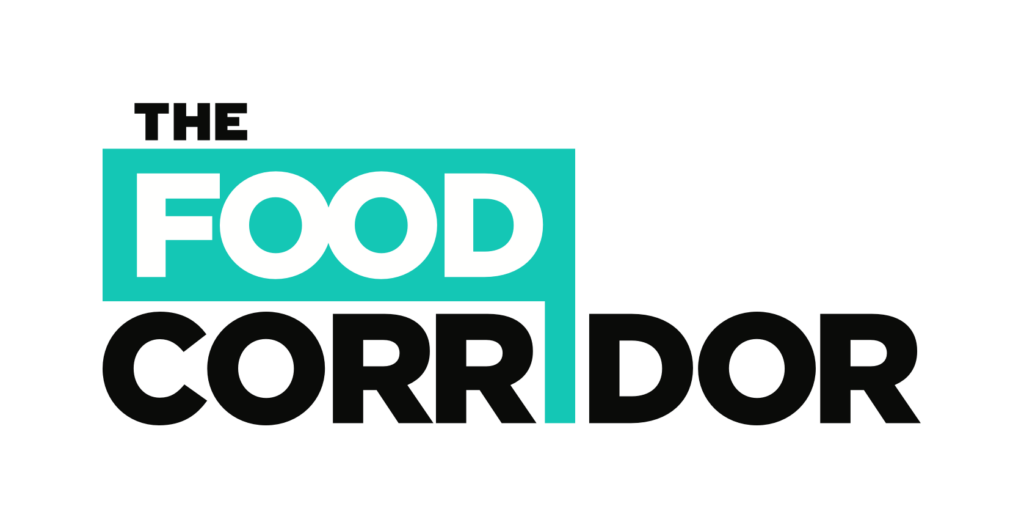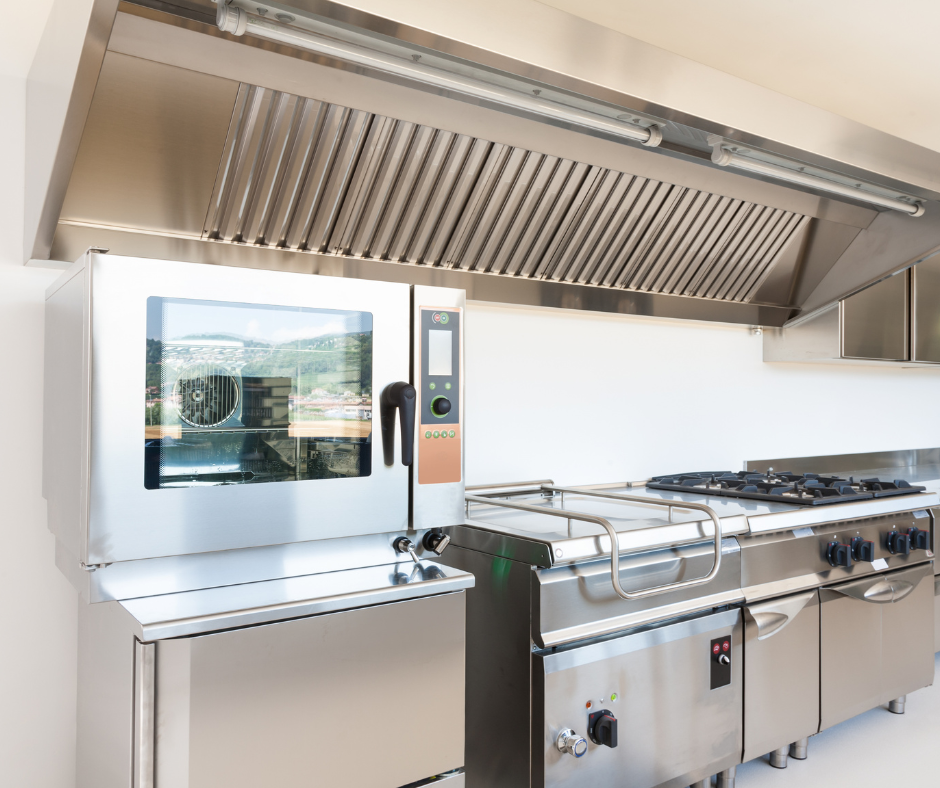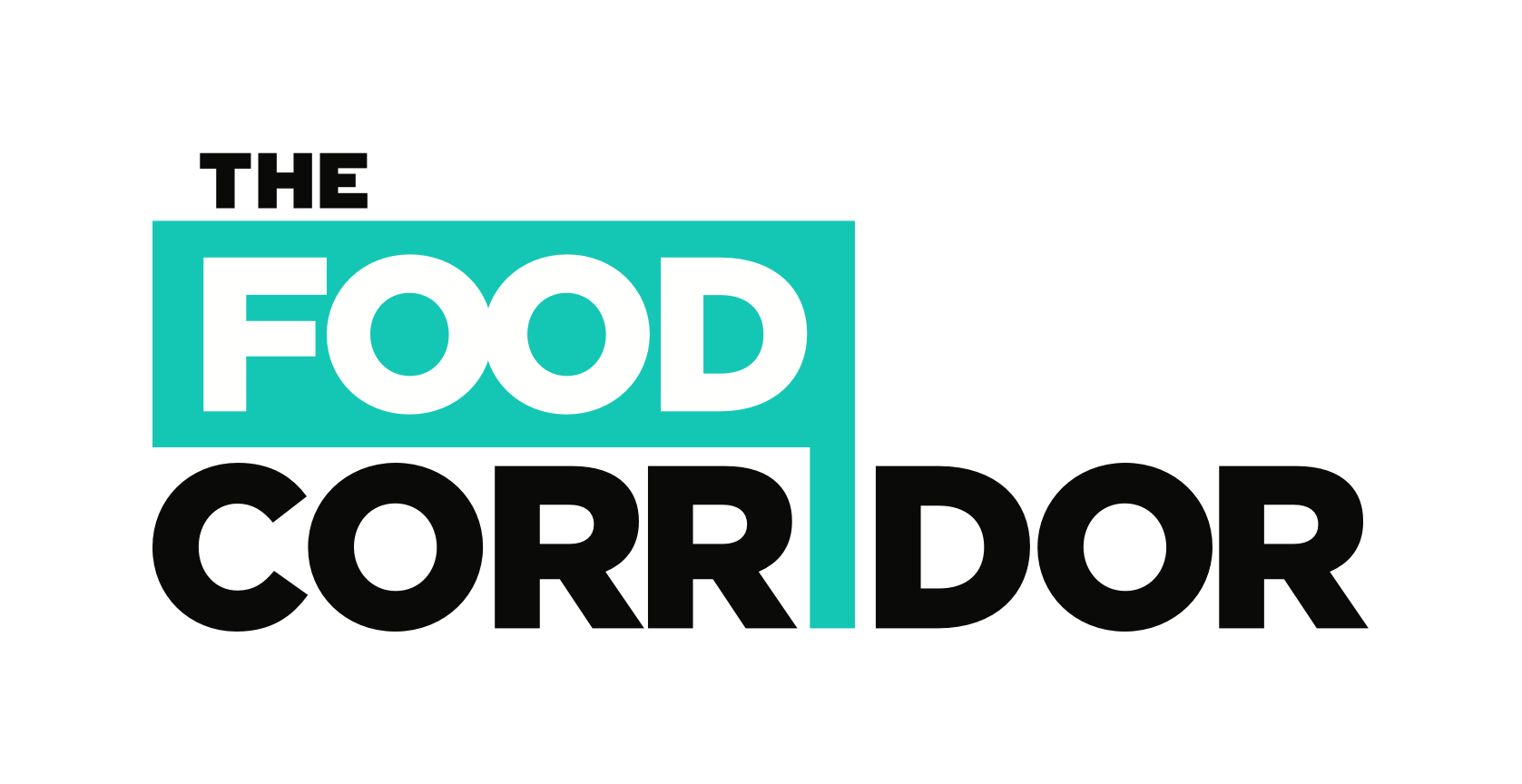A shared kitchen is attractive to food business entrepreneurs because it provides everything they need to produce, prepare, and package their food. And renting space in a kitchen comes without the risk and capital expense of purchasing or leasing their own facility.
To attract the best tenants to your shared kitchen, provide them with everything they need to produce their product as efficiently as possible.
Whether you’re in the research stage of trying to figure out your ideal tenant and set up your kitchen for success, or looking to invest in new kitchen gear to offer your tenants a better experience, here are the shared kitchen essentials and the types of food businesses that use them.
Want extra help in the shared kitchen planning process? Head to Kitchen EDU to check out our resources and guides.
The Shared Kitchen Equipment Essentials For All Tenants
The needs of your tenants will determine the equipment you choose to invest in, including the type of products they produce, how they sell them, and the scale of production.
Your investment in equipment should be a big part of your shared kitchen design. You’ll need to make sure it all fits and makes sense in the workflow of the kitchen.
Let’s take a look at the basic equipment that most businesses will expect as well as the specialist kit that different types of shared kitchen users look out for.
The Fundamentals

Almost every food business needs the basics, whether it’s a food production business, a bakery, or a virtual restaurant.
The very basic level of equipment is fairly obvious, but it’s worth checking off the list to ensure you have everything you need.
- Prep Tables – easy-to-clean, stainless steel tables with storage shelves or fridges underneath
- Walk-in Fridge – a walk-in fridge large enough to serve the needs of multiple tenants
- Counter Fridges – fridge units within the kitchen with bench space on top give easy access to ingredients for prep or service
- Freezers – walk-in freezers, chest freezers, or upright freezers provide below-freezing storage for frozen foods
- Dry Storage Room – dry storage areas must be kept clean, secure, and dry to protect ingredients from pests and spoilage
- Deep-fryers – for preparing fried packaged goods or menu items for delivery
- Gas Range – a gas range is the heart of a traditional kitchen and is useful for a wide range of food businesses
- Convection Oven – convection ovens circulate hot air or steam to evenly cook a wide variety of foods
- Tray Racks – portable racking for storing trays of food fresh out of the oven and in the walk-in
- Grill – a gas or charcoal grill adds smoky flavors and char marks to meats and vegetables
- Cutting Boards – color-coded cutting boards are essential for most food businesses
- Utensils and Cookware – a comprehensive collection of knives, pots, pans, baking sheets, and utensils suitable for a wide range of cooking techniques
- Sinks – large sinks for washing pots and dishes, often in a dedicated pot wash area
- Ventilation Hoods – hoods suck up hot air and smoke out of your kitchen. Find out how much ventilation your kitchen needs based on local regulations
- Fire Safety Gear – fire extinguishers, fire blankets, and sprinkler systems are essential pieces of safety equipment
Consumer Packaged Goods Business Equipment

Businesses that make food products for retail have very different needs from virtual restaurants or food truck owners. Here’s some of the specialist kit items they might be looking for in a shared kitchen:
- Jarring/Canning Machines – for efficient packaging of large quantities of food into jars and cans
- Label Printer – prints custom labels for packaged goods
- Heat Sealer – to close bags with an airtight seal for packaged products
- Freeze-dryer – removes moisture from fruits, vegetables, and meats under a vacuum to preserve flavor and texture
- Dehydrator – preserves foods by slowly drying them out and removing moisture
- Smoker – to infuse cheeses, meats, and other food products with the flavor of wood smoke
- Meat Slicer – an electric slicer with adjustable guides for slicing meats and cheeses to different specifications
Ghost Kitchen Equipment

If you’re hosting virtual restaurant brands in a ghost kitchen, you’ll need restaurant kitchen equipment and specific gear for managing delivery operations.
- Dispatch Station – a dedicated table to package orders and hand them to drivers
- Service Fridge – an accessible refrigerator in the packing zone for drinks and cold sides
- Microwaves – for quickly reheating food during service
- Charbroiler – a high-temperature grill with grates for creating flavorful charred marks on meats and vegetables
- Vacuum Packer – to seal food in plastic bags for storage or sous vide cooking in a water bath
- Water Bath – a temperature-controlled water bath for low-temperature sous vide cooking
Food Truck Equipment

A lot of food truck operators prepare either all or some of their food in a shared kitchen to serve out on the road. Some states require food trucks to use licensed commercial kitchens to prepare their food. And often, shared kitchens are useful as somewhere to receive purchases, park overnight, and get access to water and waste facilities.
As well as using much of the above equipment, here are some tools a food truck might need:
- Bratt Pan/Braising Pan – a large stand-alone pan for braising meats, and cooking stews and soups that tips forward for easy emptying and cleaning
- Blast Chiller – quickly cools items after cooking for safe storage
- Meat Grinder – for businesses grinding their own burgers or minced meat
- Deck Oven – large gas ovens typically under gas ranges
Baking Equipment

Bakers need a bunch of specialist equipment to efficiently make large quantities of cakes, bread, pastries, and other baked goods.
As well as cold and dry storage, convection ovens, and lots of prep space, bakery businesses may look for:
- Stand Mixer – a large stand-alone mixers for mixing, kneading, and whipping large quantities
- Bread Oven – specialist ovens that reach very high temperatures for cooking bread and pizzas
- Proofing Drawer – temperature-controlled drawer used to make bread dough
- Induction Stove – directly heats the pan for precise control
- Dough Sheeter – a large standalone machine that rolls out large quantities of pastry dough into thin sheets
Get the Right Tech to Complete Your Kitchen
Once you’ve figured out what you need and have kitted out your kitchen with all the equipment your tenants could want, it’s time to think about what you need to manage your kitchen.
Managing communication, scheduling, invoicing, marketing, and equipment bookings is time-consuming and stressful. That’s why we built a platform to help you run your kitchen with less manual leg work.
The Food Corridor is built specifically for commissary and shared-use kitchen owners and users. It makes running your kitchen far easier with online bookings, automatic billing, and digital scheduling tools.
Complete your kitchen equipment puzzle with The Food Corridor.


